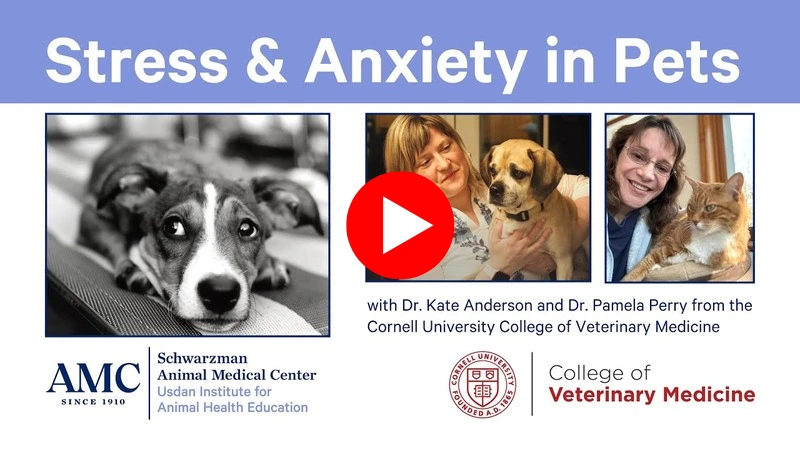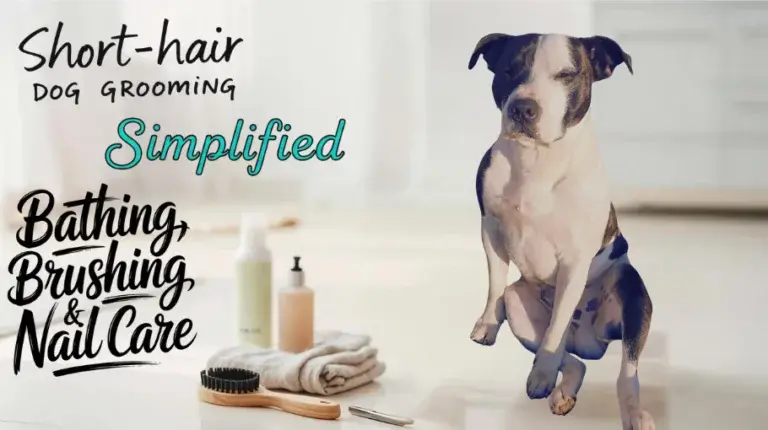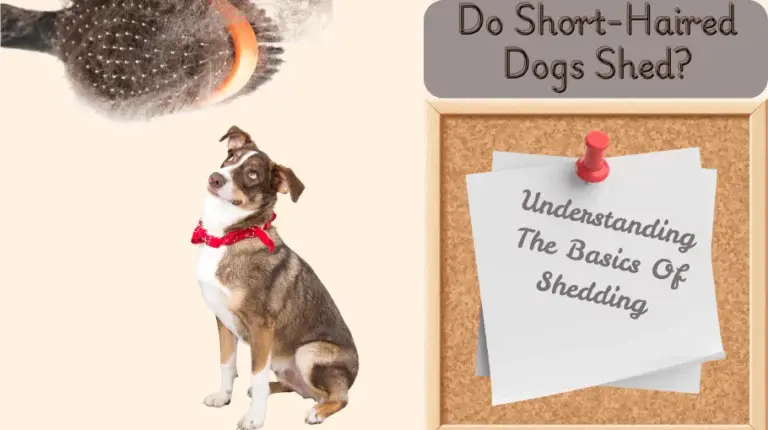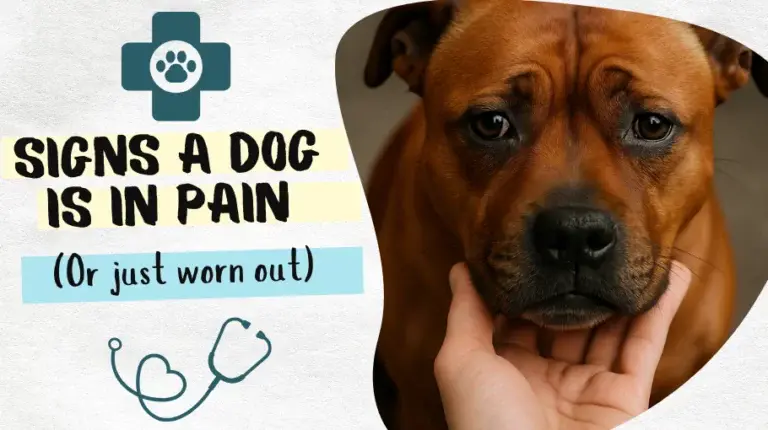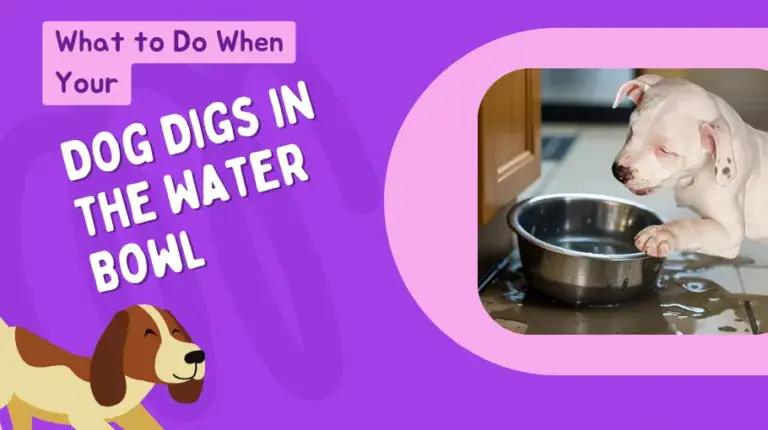6 Types of Dog Anxiety (Some Can Be Debilitating)
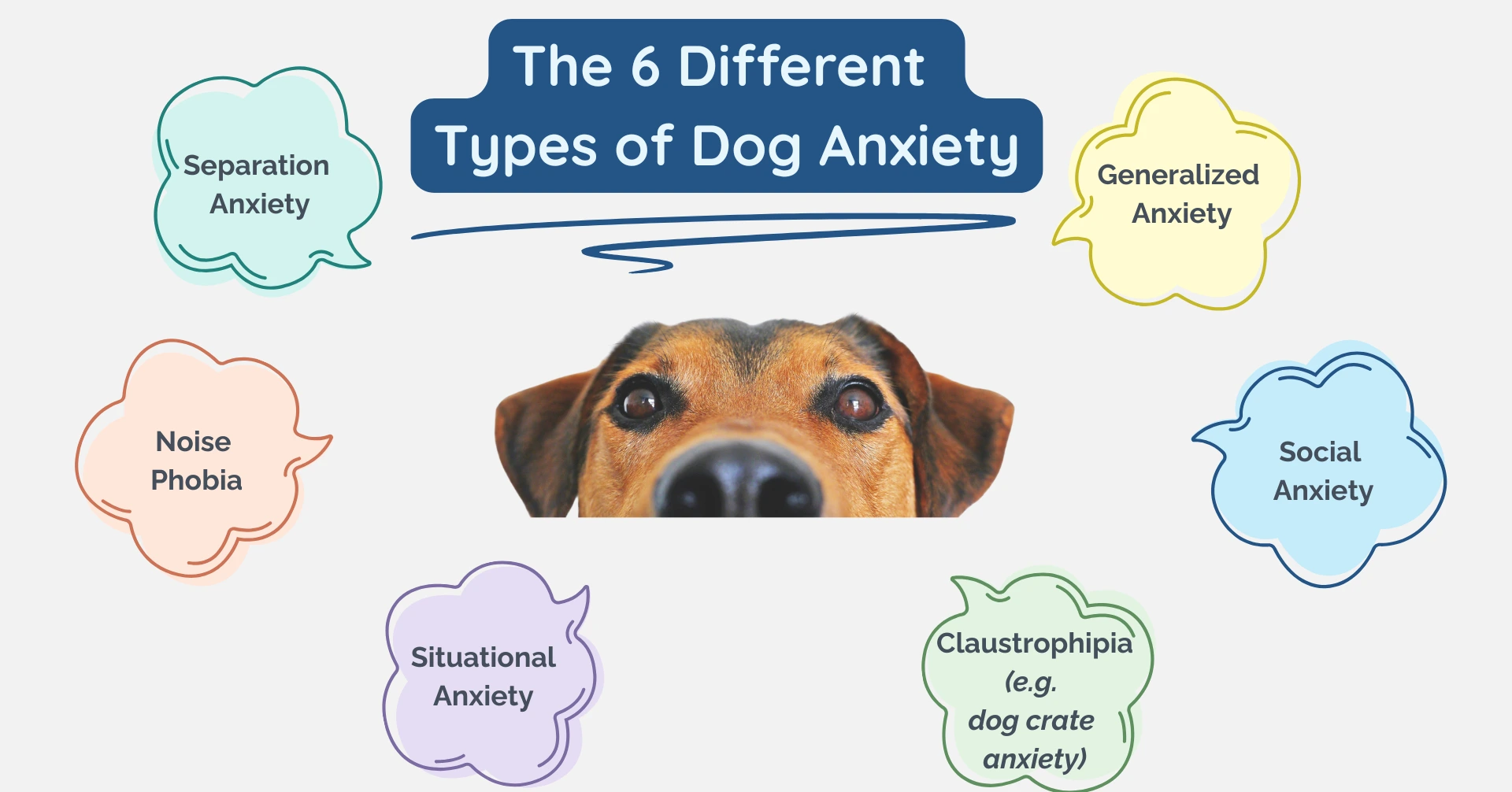
Dogs can experience nearly every type of anxiety that humans do. From separation and social anxiety to phobias and general anxiety. However, unlike people, they don’t develop conditions like selective mutism, since they don’t use language in the same way. That said, they may go silent or “shut down” in fearful situations.
Discover the 6 Types of Dog Anxiety
Table of Contents
1. Separation Anxiety
This is the reason we now have two dogs. We initially took on one Staffy, a friend had the brother. They were together more than they were apart, then when said friend moved farther away, the brother of our Staffy would not settle. He was a nervous wreck. Everyone concerned agreed it was best to keep them together. Their bond is super strong!
If you feel this could be an issue with your dog, I’d suggest looking at another article here that has tips on how you can ease separation anxiety in dogs.
2. Noise Phobia or Sound Sensitivity
One of our Staffies is all white – and if you don’t know, white dogs have a higher prevalence of hearing problems. So from early days, we were mindful of his reaction to verbal commands and the level of pitch used. Did he react to verbal basic commands with no hand signals? Or did I have to raise my voice for him to hear or gesture with my hands?
The other one, brindle with white markings, is the more anxious of the two – particularly with unfamiliar or sharp noises that you’d think he’d be used to by now.
I’ll give you a couple of examples… Both illustrate the old adage: you never get two dogs with the same nature.
Gardening tools – I power up the mower or the strimmer, one dog bolts to his doggy den (the crate), and the other hovers around like he has to supervise the entire job. Often getting too close for comfort that I’m constantly giving him the “move” command.
Vacuuming – same story. Turn it on, brindle boy dashes into the crate, the white one lays directly on the rug that’s about to be vacuumed. When told to “move” he shifts just enough to let the vacuum pass – barely!
To see it, it’s like one dog has a phobia of noises, the other treats appliances and tools like his personal white noise machines.
Yet, the one that loves machines, hates to hear things he can’t see. Many a night he’s given a few warning barks (which is unusual for him), pranced around at the back window like there’s something there. And he won’t settle until he’s investigated, but, only if his human companion goes with him.
It turns into a bit of a silent standoff: I say, “Go on then, go see!” While he looks at me like, “It’s dark. I’m your alert buddy, not your bodyguard. Besides, you’re bigger, you go”. We both go.
3. Situational Anxiety
It’s completely normal for dogs to feel nervous in new or unfamiliar situations. A few situations we’ve been through with ours are:
- First time on a bus,
- First walks near traffic,
- First time meeting a horse,
… And especially car trips! When they were pups wearing a seatbelt harness strapping them in on the backseat, one of them got motion sickness on the regular. Until that phase passed, the sight of the car made him anxious. All other new experiences, they got used to by us normalizing the situations.
The only time they both showed signs of situational anxiety was during fireworks night. They were terrified. To the extent that it felt like cruelty to leave them to their own devices. That night, we did our best to distract them with interaction along with soothing music for dogs with anxiety.
In the days and weeks to follow, we took our first steps into dog desensitization training by playing the sound of fireworks through the YouTube app on the TV. That’s become an annual tradition in the weeks leading up to key dates of regular fireworks going off to normalize the noises.
If loud bangs make your dog anxious, read about our coping strategy for how to relax dogs during fireworks.
4. Social Anxiety
The most common sign of social anxiety in dogs would be reactiveness. A reactive dog will be nervous meeting other dogs, but also when meeting new people. Something I’d be cautious with is mistaking this with territorial behavior because that’s different.
A dog that’s nervous meeting new people or other dogs could be classified as showing signs of social anxiety. Ours went through over a year at dog socialization classes so we know they are not reactive. In the garden though, they are territorial and their actions are what we saw from anxious dogs firsts coming into the training classes.
As an example, dogs walking past the garden fence, they’re fine. Our neighbor’s fence is damaged so loose dogs can wander in. They don’t have a dog, but they do occasionally pet sit. The dog ours are familiar with, they’re fine. But when a loose dogs wanders through the gap in the fence, they will bark, pace, whine, and paw like crazy on the fence. That’s the territorial part. If that same dog was to be pass them on a walk, they wouldn’t react. If they did, it’d be social anxiety. Group dog training classes help with that.
5. Claustrophobia – e.g. dog crate anxiety
Dogs can experience claustrophobia – a fear of tight or enclosed spaces. Like crate aversion, they may struggle to settle in the back of the car when restrained, or on public transport when they need to settle and remain restrained using a short leash, restricting them to the floor between the seats. On public transport, the phobia is heightened if they have similar issues with noise phobia.
For dogs that struggle with crate anxiety, there’d be a higher likelihood of them struggling in similar enclosed spaces. The solution here is gradual acclimation, beginning with one of the best dog crates for anxiety of a suitable size and putting the right things in the crate to help the dog settle.
6. Generalized Anxiety in dogs
Generalized Anxiety is a clinical diagnosis so it’s different to just feeling like your dog seems anxious and doing things to calm them, like using calming supplements or music therapy. In terms of treatment, only a vet can diagnose and prescribe certain medications, if required.
For any health related concerns you have, I’d always advocate talking to your vet. If you’re unsure if you need them to intervene, or would rather see if there’s natural treatments you can try first, I’d recommend listening to the webinar below. It’s advice about canine anxiety by Dr. Kate Anderson and Dr. Pamela Perry of Cornell University College of Veterinary Medicine.
In my opinion, the best treatment for dogs with anxiety is a multi-pronged approach, starting with behavior modification for desentization training. Things like increasing exercise, giving them things to chew on, and perhaps an anxiety vest or wrap.
If none of those work, I’d try dog calming treats or supplements like meal toppers. Only if it was manageable though. If I felt the anxiety was detrimental to the dogs quality of life, I’d talk to the vet.
Which of those types of dog anxiety or phobias do you feel your dog could be experiencing? Share your story in the comments below, what you’ve tried, or what you’re considering? I personally reply to comments, and other readers can chime in too with advice that could help. Sometimes, the best advice comes from other dog owners who have been through the challenges.

